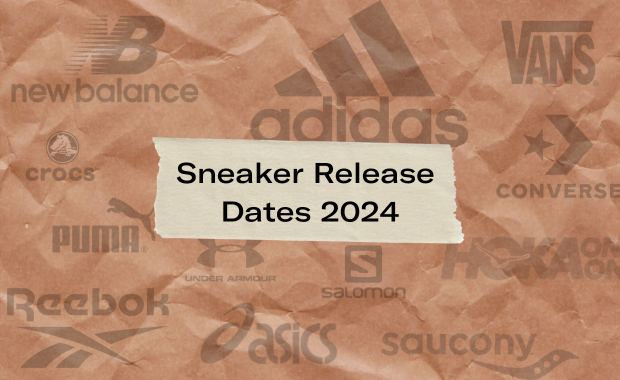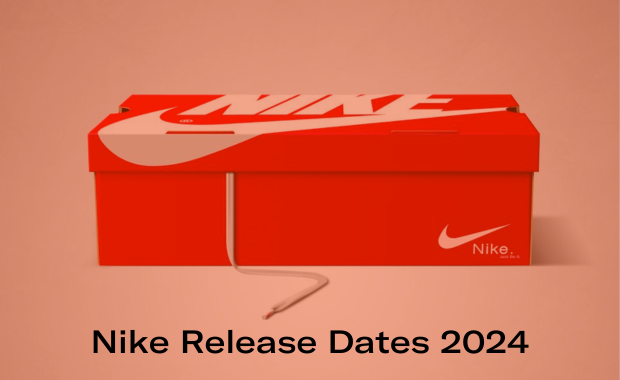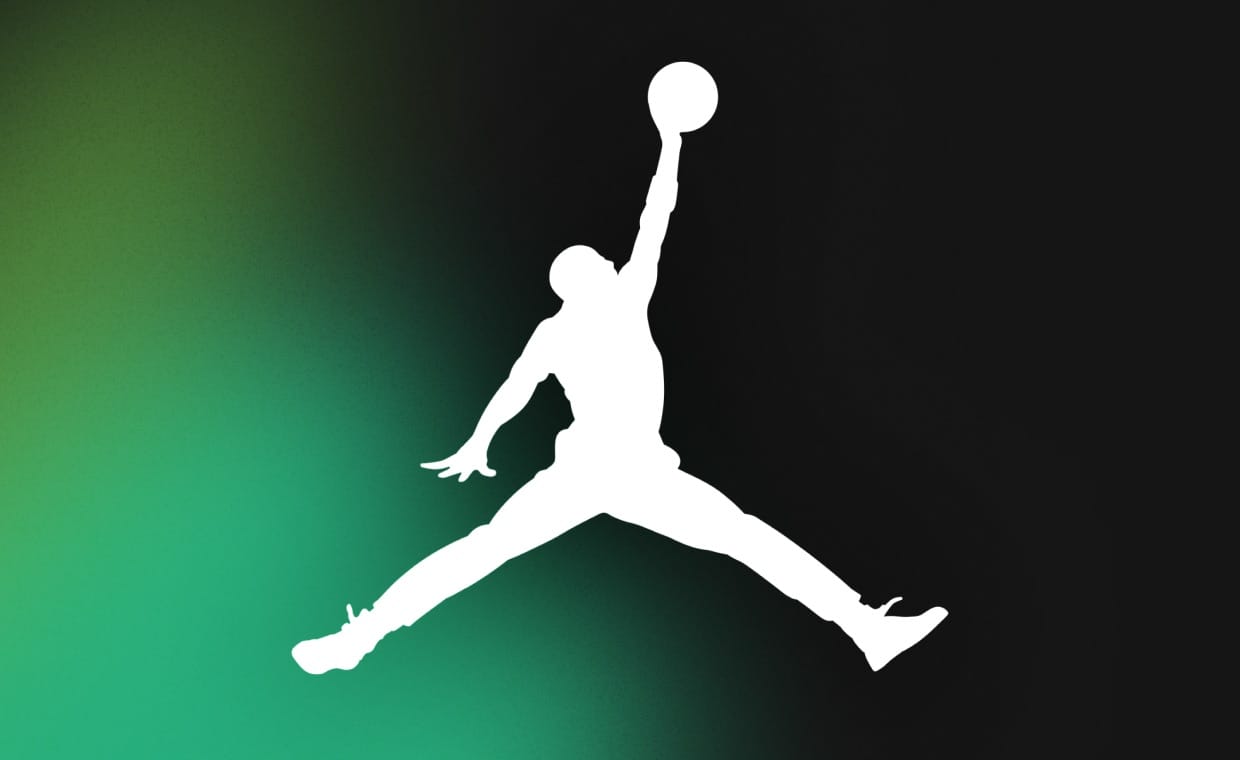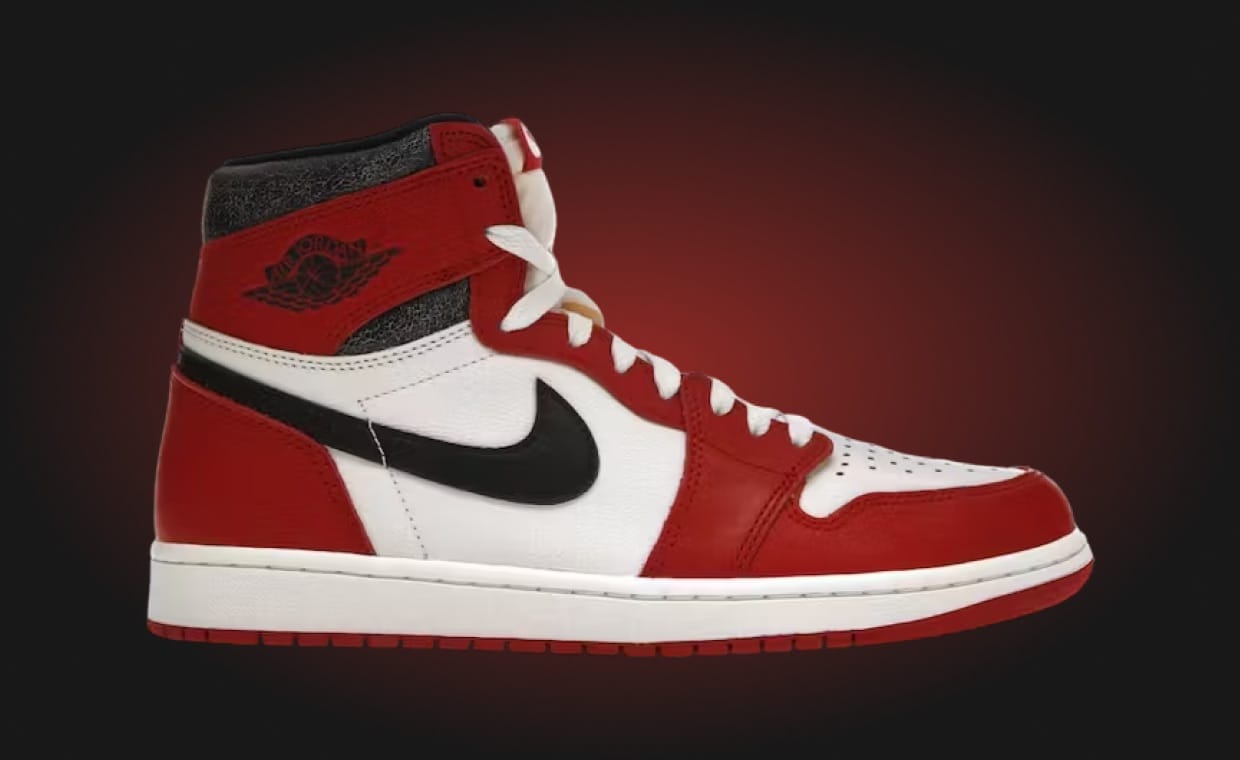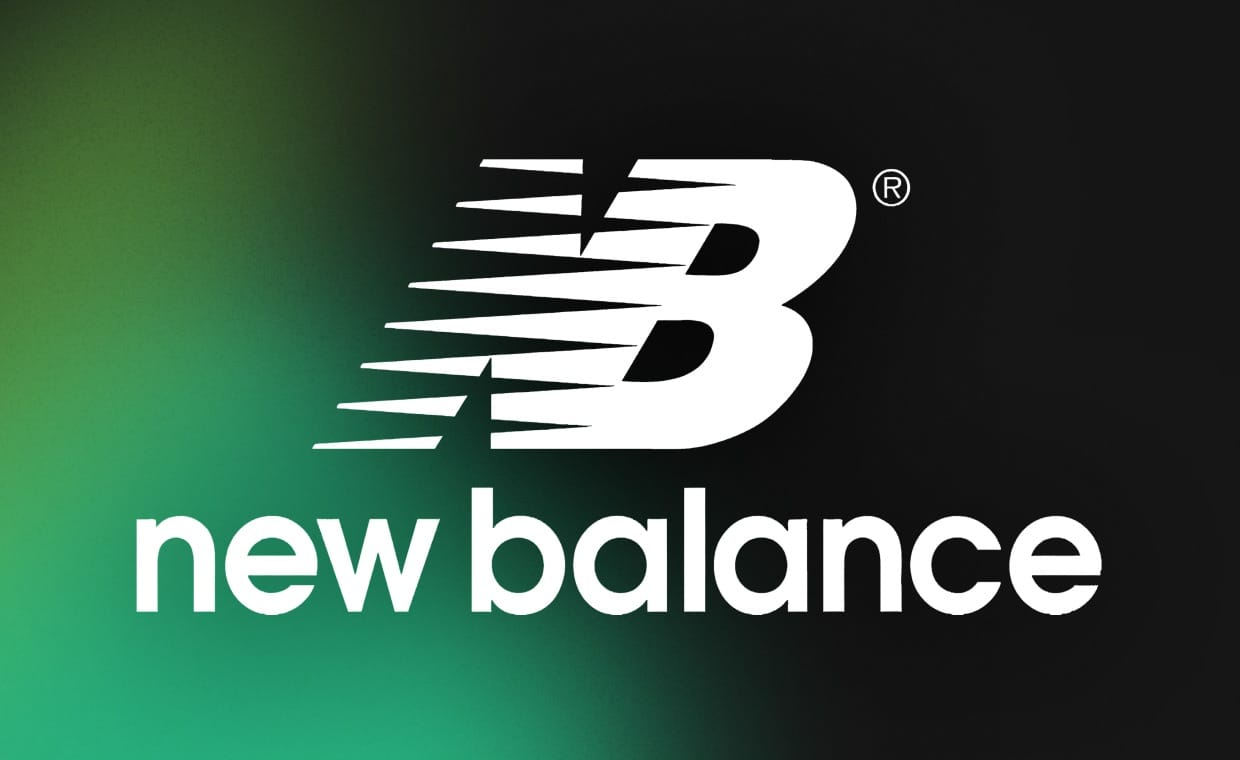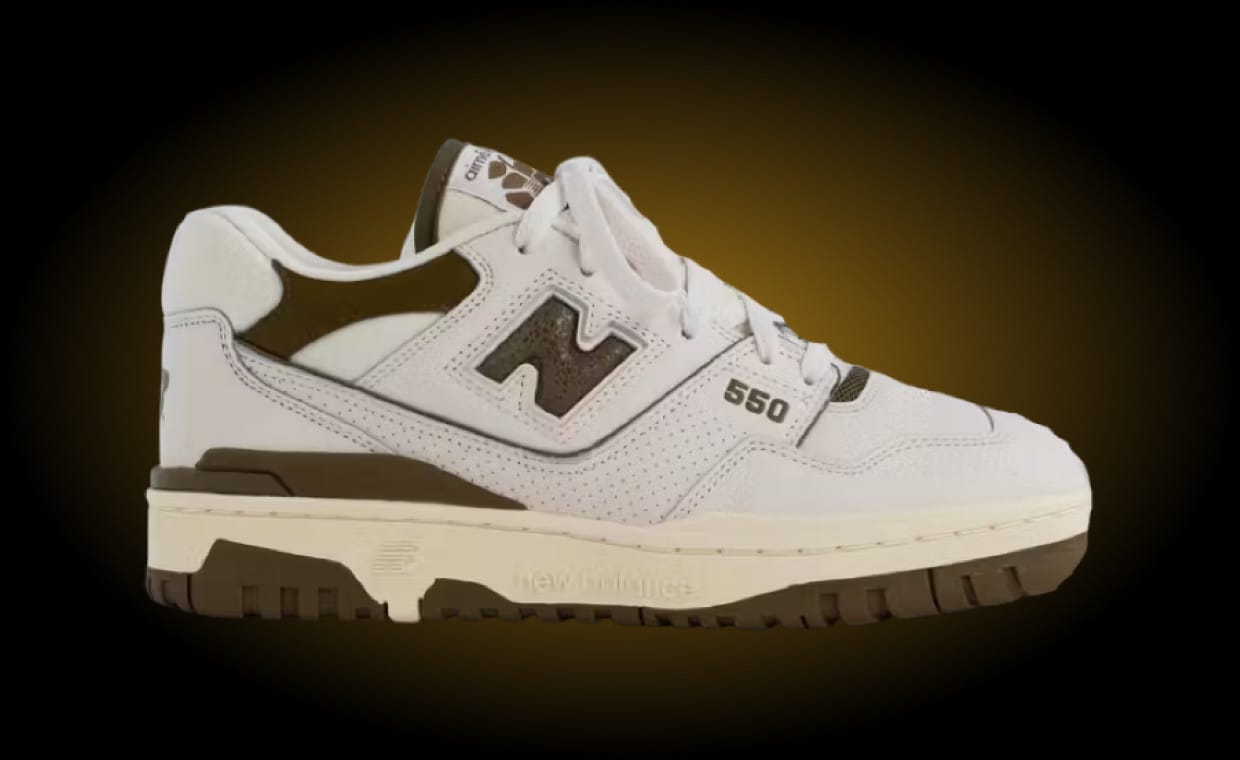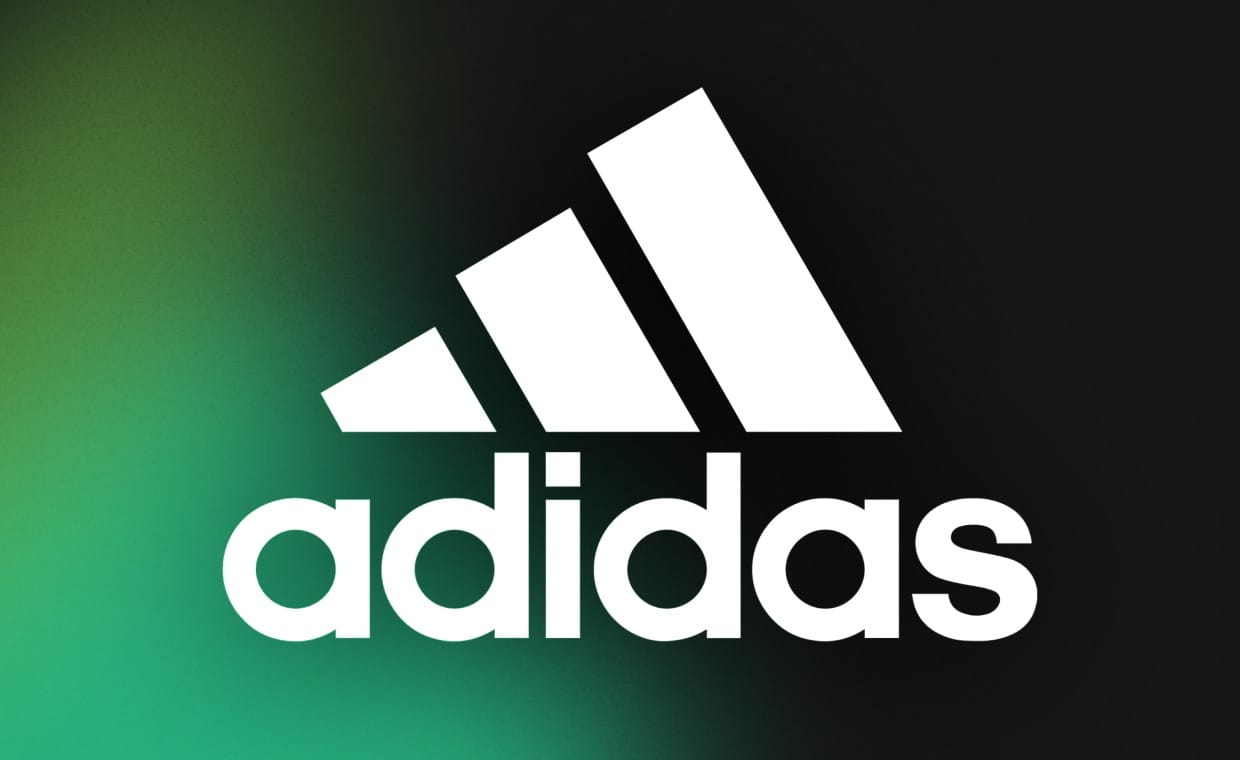How Queer Communities and Club Kids Made the Platform Sneaker Their Own
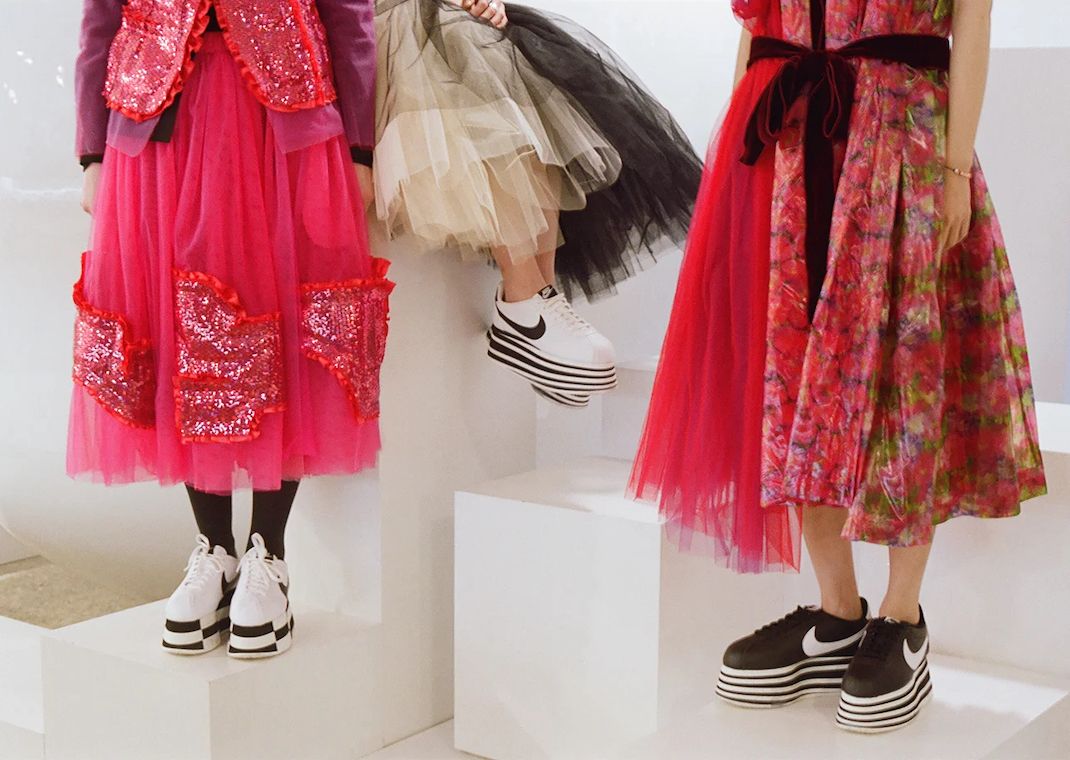
Some pieces of fashion have the remarkable ability to transcend their utilitarian purpose and become powerful symbols of identity and rebellion. From pants and mini skirts to berets and slogan shirts, fashion has often catalyzed social change. Among these iconic pieces are platform sneakers, which have left an undeniable mark on queer communities, club kids, and counterculture movements. Whether it’s big and bulky Buffalos, Converse's chunky Run Star Hike, or the more demure Fenty Creeper from Rihanna and Puma, it’s hard to imagine drag shows, dark-lit clubs, or Pride marches without them.
Thanks to the shoe’s inherent campiness and transgressive character, platform sneakers give their wearer a chance to not only physically elevate themself, but also an opportunity to stand tall in a society that continues to thwart liberation and self-expression. As political as the platform sneaker is, it has also found a place in the mainstream, thanks to nightclubs, the Spice Girls, and the proliferation of queer culture.
Hannah McElhinney is the chief creator and co-founder of Rainbow History Class, a TikTok crash course into LGBTQ+ history through ancient worlds, lesser-known stories, and erased narratives. “Platform shoes have a very long (and queer) history, dating back to ancient societies,” she tells Sole Retriever. In Ancient Greek theater, platforms were used to “literally elevate important characters,” she says. In Ancient Rome and Egypt, the noble and upper classes wore platform shoes to add height and imbue a sense of importance and power. Later on, high-class European courtesans in the 15th and 16th centuries also wore platforms to communicate their status above lesser-class women or sex workers. “In the courts, the higher the platform, the higher the wearer's social standing,” McElhinney adds.
Since then, platforms have fluctuated in and out of vogue. The first modern platforms were made for the openly bisexual Hollywood siren Marlene Dietrich in the early ‘30s by Moshe Kimel, a Jewish designer who escaped Berlin and opened his Kimel shoe factory in Los Angeles. “These weren't sneakers, but they did begin a revival of platform shoes that informed the platform sneaker in the later 20th century,” McElhinney says.
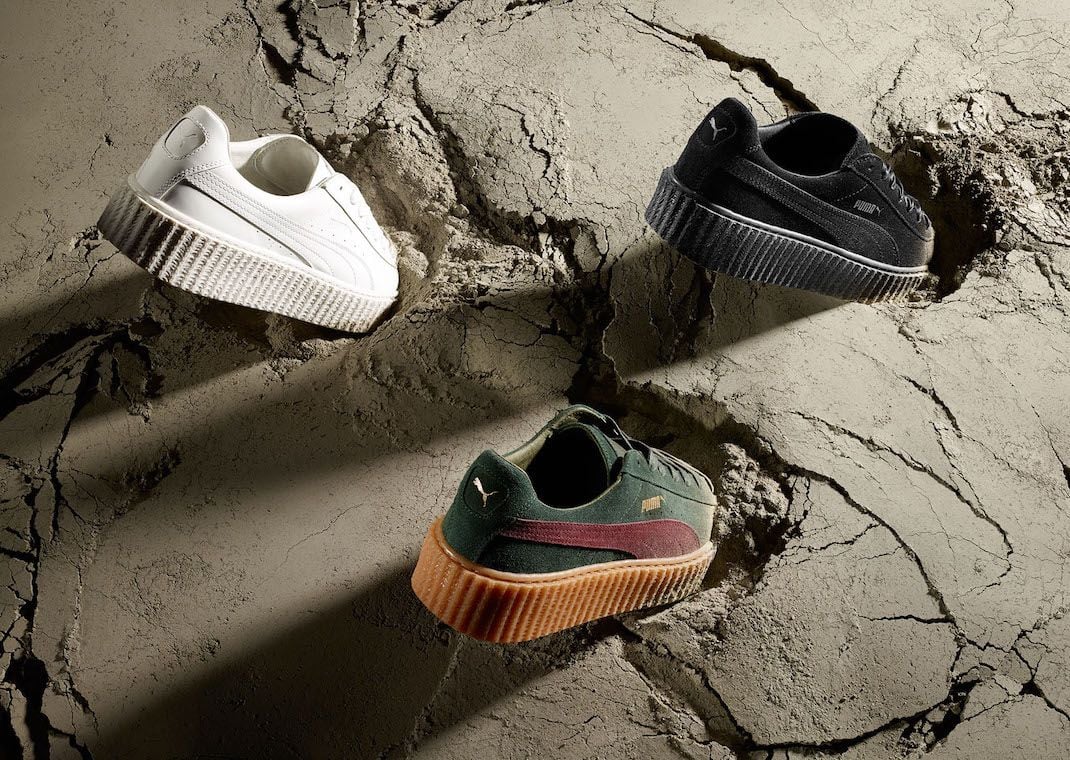
Late shoe designer Terry de Havilland’s first encounter with platform shoes also came around this time. His earliest memories are of his father creating platform shoes in the shed at the bottom of their garden amid a war-torn 1940s Great Britain. Later in 1973, de Havilland would go on to create the Margeaux, a three-tiered wedge that would become a stalwart in the ‘70s club scene. And it wouldn’t be long before another platform innovation would flourish.
Fashion historian Jessica Glasscock suggests the sartorial icon may have come to fruition in jest. In her piece for Dismantle Mag, Glasscock points to "Caprice,” the 1976 play by Charles Ludlam. In it, Ludlam plays a deranged fashion designer who creates absurd pieces such as a “gownless evening strap” and platform sneakers. Ludlam says the play was supposed to present “disturbing ideas,” and these shoes were a part of that, showcasing something that was contextually ridiculous, garish, and impractical.
McElhinney argues platform sneakers being made in “poor taste” is simply what makes them camp. “There's something about them that is grotesque, which is also likely why queer people have been attracted to them.”
She points to Susan Sontag's Notes on Camp. Sontag talks about one of the hallmarks of ‘camp’ is that it’s intrinsically made in “poor taste.” “For queer people, along with reclaiming agency and importance, their attraction to platforms is deeply tied to the concept of camp,” McElhinney says. “The word camp comes from a French word, se camper, which means to pose intimidatingly. It referred to armies surrounding a city and setting up camps to intimidate their enemies inside. So, it's that idea of reclaiming power and importance. From there, the word was picked up in the queer language polari, and its meaning came to describe something ostentatious, effeminate, gaudy.” In Sontag’s words, "the essence of Camp is its love of the unnatural: of artifice and exaggeration.”
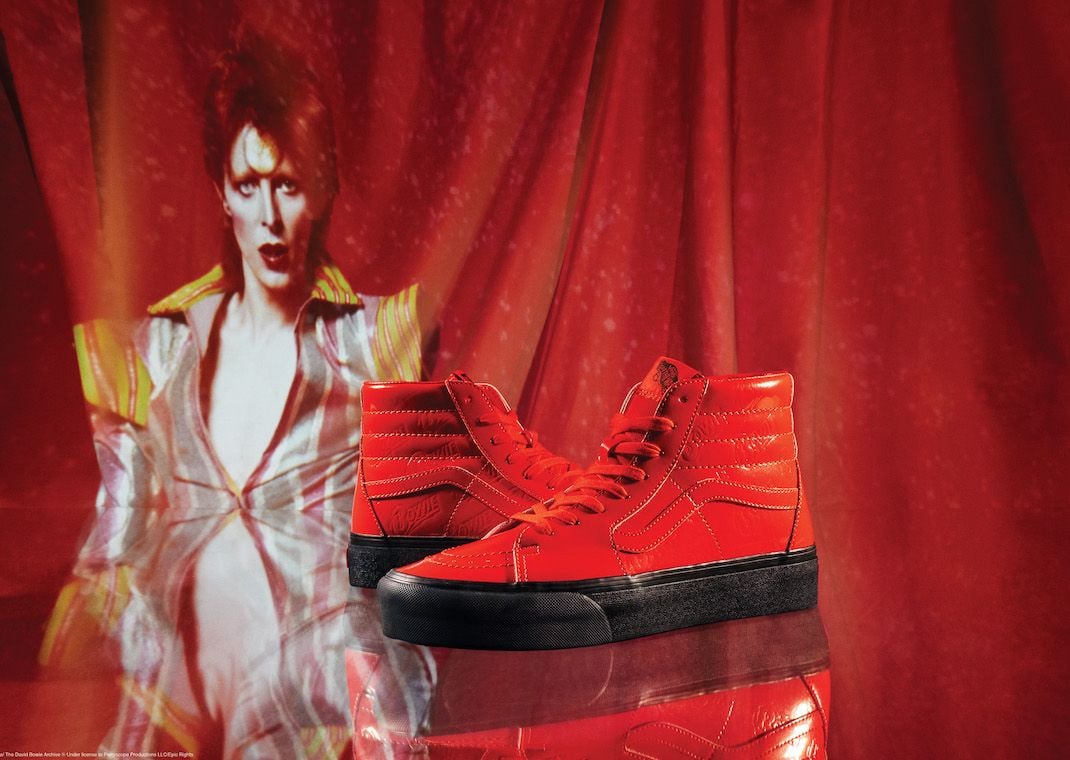
Ludlam’s camp creation coincided with the disco era, when queer icons like David Bowie and Elton John donned towering platform boots on stage. “Arguably, these were more platform boots,” McElhinney continues. “Though Vans later released a collection of red patent platform shoes in honor of Bowie's Ziggy Stardust platforms, so I'd argue this era really was an inspiration for the later sneakers.”
The gay liberation movement, which was galvanized by the Stonewall uprising in 1969, eventually led to the first Pride marches. And with queer communities energized unlike ever before to fight for rights, visibility, equality, and acceptance, the fashion followed suit.
“Marginalized groups, like queer people, have historically been denied both importance and social standing,” McElhinney says. “As a result, people of marginalized identities have looked to fashion to find bravado and reclaim these symbols of importance, to bestow upon themselves what they have historically been denied by society.”
As a result, three decades of fashion, drag, comedy, activism, transgression, and culture culminated in the ‘90s, creating a feverish obsession with platform sneakers unlike ever before. Right before the Spice Girls dominated the world with their exuberant and thrilling feminist manifesto, another global sensation was brewing across the pond with a stylistic point of view.
In New York City, a groundbreaking, underground club scene infamous for “outlaw,” drug-fueled parties soundtracked by pulsing techno and rhythmic house began garnering worldwide attention: the Club Kids. Sure, the illegal parties at McDonald’s were fascinating — but what stood out most were the elaborate, conceptual looks that pushed the boundaries of makeup, drag, and punk aesthetics into a fever dream-like aesthetic. Club Kids didn’t just change queer dance culture but veritably changed the course of fashion.
Whether it was RuPaul, Amanda Lepore, Diana Brill, James St. James, Walt Cassidy, or Richie Rich, Club Kids ripped apart every fashion norm. They stitched them back together with a wicked sensibility that was truly unprecedented and voraciously influential. Prosthetics, DIY outfits, angel wings, fluffy candy-colored wigs, a litany of piercings, eccentric accessories, and body horror. And, of course, soaring platform sneakers. Everything was high-octane and extreme, colliding against the mainstream with a merciless anti-establishment flair.
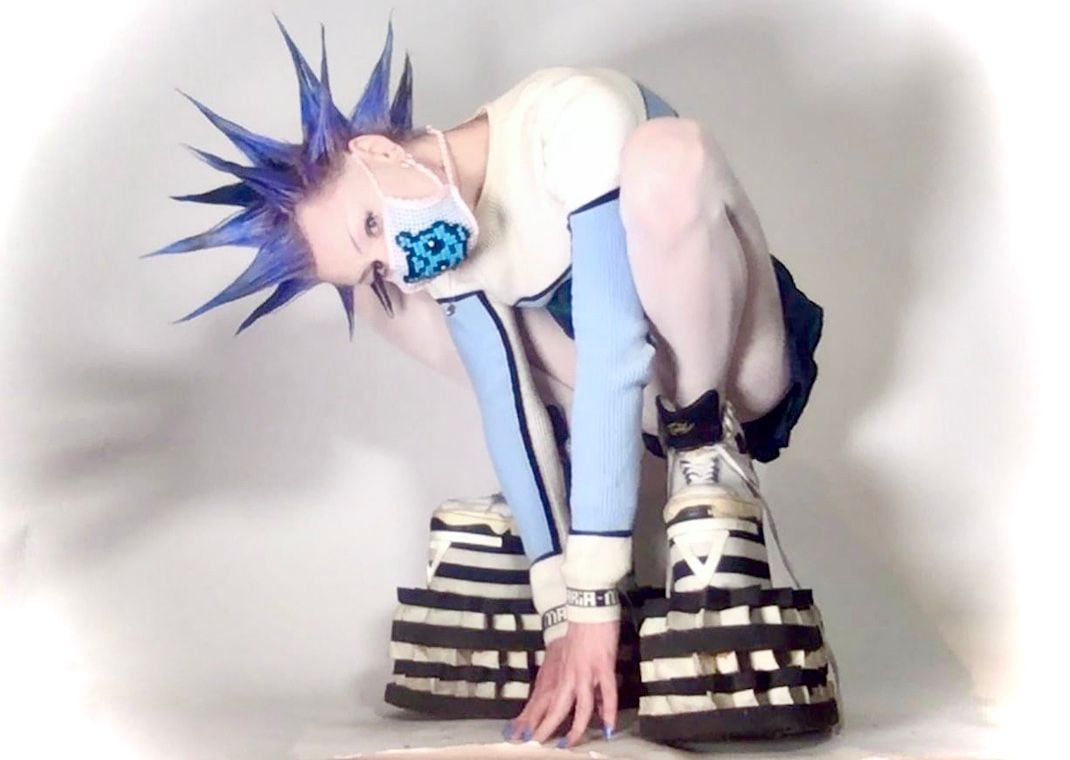
Emmie Riley, a modern-day club kid who resides in Newport Beach, California, channels a lot of this ‘90s revelry. She owns three different pairs of Buffalos, which are her favorite in her platform sneaker collection. As an energetic raver, she’s eager to push the boundaries of her own style and lean into her club kid roots. “I want to make my own stacks, but I don’t know where to buy the foam and what to cut it with” Riley says. On TikTok, she dons endless pairs of platform sneakers in almost every video, be it an outrageously bright and furry rave-ready look or an anything-but-casual fit check.
Brands like Buffalo emerged in the ‘90s and quickly became rave scene staples. And as it often does, mainstream fashion began to borrow from underground communities. Ironically, it would be the same subcultures that were being ridiculed in the media that would soon become an inspiration for tween-fashion trends.
With the electrifying debut of the world’s most successful girl group, the Spice Girls, the mid-’90s saw love for platform sneakers reach a fever pitch. Mel B (Scary Spice), Mel C (Sporty Spice), Emma Bunton (Baby Spice), Geri Halliwell (Ginger Spice), and Victoria Beckham (Posh Spice) were a bright tangle of pigtails, leopard print, glitzy union jacks, sequins, mini skirts, latex, sticky lip gloss, and towering shoes, from their signature Buffalos or lofty Bowie-esque knee high boots.
Los Angeles writer Lina Abascal remembers this time fondly. Back then, “my favorite was the Sketchers platform sneaker,” she says. “To me, this was the ultimate cool girl shoe for us 10-year-olds when I was growing up. It was peak Spice Girls era, and this was a way for all of us in California to pay tribute to them.”
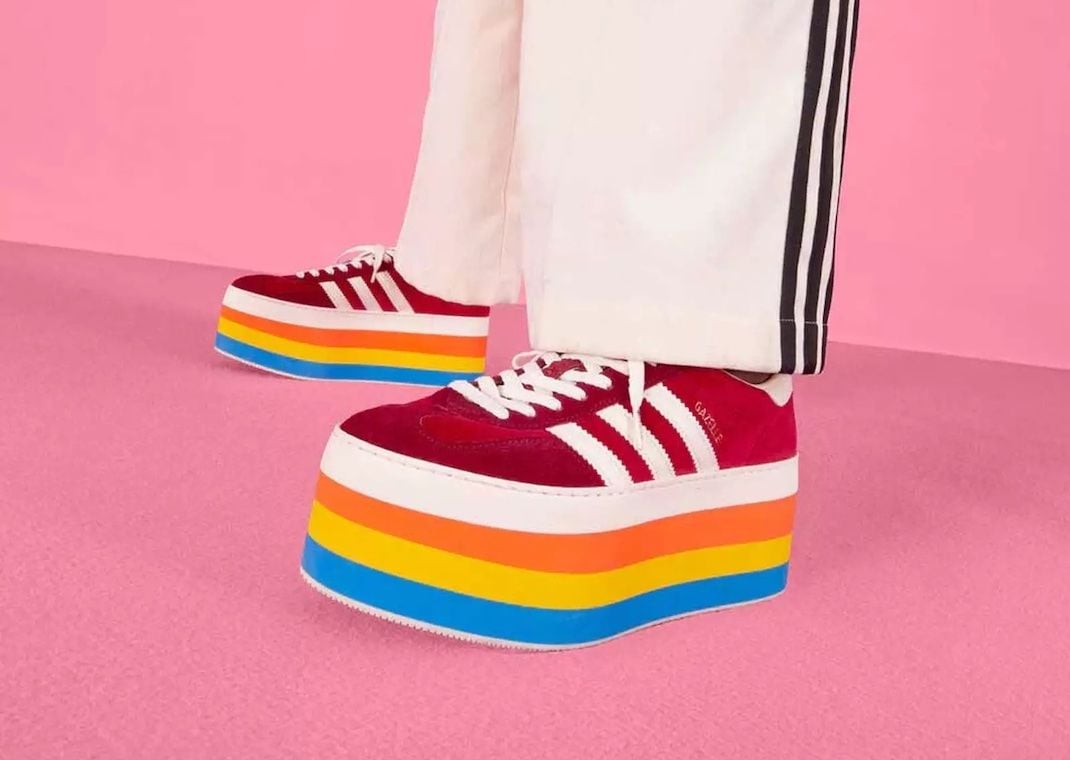
Like most people who grew up during this time, McElhinney feels the same way. “As a short person who grew up with the Spice Girls, I have always loved a platform sneaker,” she says. “I am not overly sporty, so I like platforms because they subvert the purpose of sneakers as athletic shoes. When I wear them, I'm not masquerading as an athlete; I find joy in their impracticality.”
The impracticality of platform sneakers has always been part of its charm. Although, for many, they’re also a functional way to avoid the indescribable pain of heels while adding height. “Platform sneakers are more often than not extremely comfortable whilst still being stylish — who wouldn’t want that?” says Cara McGraw, creative assistant at the footwear retailer Schuh.”
Despite platform sneakers’ ties to counterculture, contemporary retailers such as Scuh continue to see a demand for the divisive footwear long after the Spice Girls’ reign. “Nike, the Court Vision Alta boasts a classic basketball-inspired silhouette, a leather upper, signature Swoosh on the sidewalls, and is complete with the chunky platform sole,” McGraw says. “And it’s one of our customer favorites, being a simple yet elevated style. Then there’s the Converse Run Star Hike and the Converse Move. Available in various colors, these platforms offer comfort without compromising style.
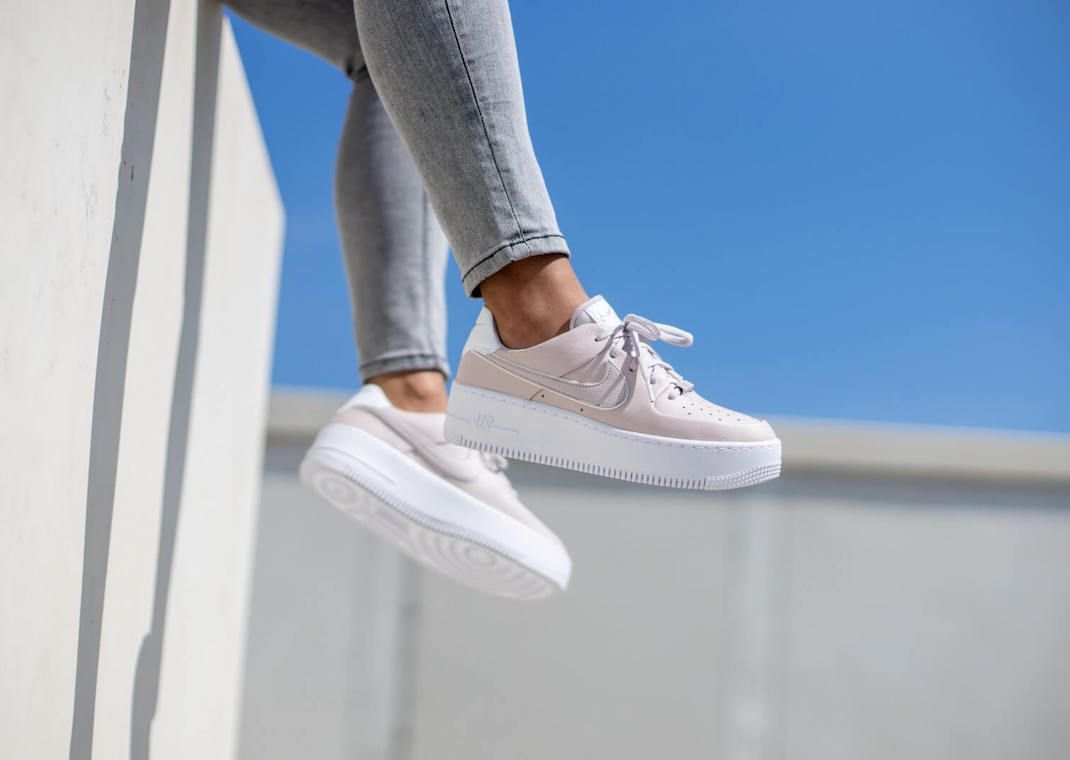
Abascal favors a new go-to shoe, the Nike Air Force One Sage Platform. “Nowadays, I like more of a 'flatform' sneaker that's lightweight and easy to walk in.”
Even though platform sneakers may have found an unlikely home amongst other classic sneakers, they still symbolize an unyielding irreverence. Wearing them feels like wryly winking to the rest of the world that you get it. It’s a dizzying mixture of irony, history, and a reclamation of an ugliness that, to many, informs the way they connect with the world.
“For a long time, sneakers were designed for men, so queer men adding platforms to them is an act of transgression," McElhinney says. “You could say the same for women wearing them too. It's a subversion of the more dainty high heel [in favor of something that’s] not necessarily elegant or 'ladylike.’ . The idea of taking a practical everyman's shoe like a sneaker and making it sky high, completely undermining its practicality, is so ostentatious — isn’t that camp as hell?”
Kish Lal is a writer for sneaker releases and sneaker news for Sole Retriever. Catch Kish's latest articles here!

